If someone had told me when I was struggling at mainstream school age 12 that I would go on to love studying, I would have found it impossible to believe them. As a graduate lifelong learning is something I now embrace, we are always learning.
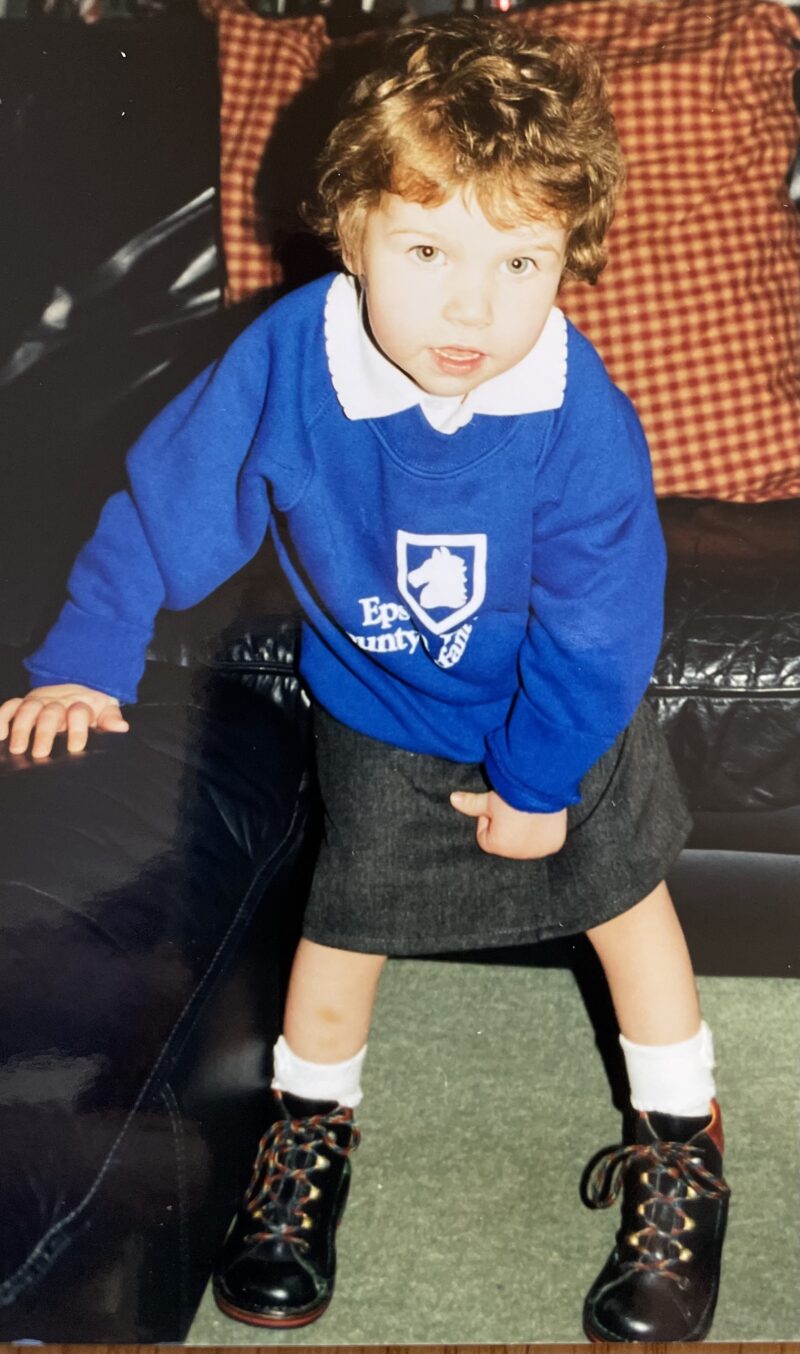 Age 4 to 11 years – mainstream primary
Age 4 to 11 years – mainstream primary
Throughout my primary school years I had mainly enjoyed learning. I was included in all the activities in class. However, the big difference from all the others was I was the only one in the class with a full-time teaching assistant. I was a child that also came with considerable baggage in the form of AAC and other technology. The result was I was assessed early by a neuropsychologist. They pronounced I was cognitively able and should make good progress at school. In hindsight, I think the teachers worked hard for me, as did the Local Authority and Health teams who were there to give them advice when needed.
Learning to read
Up to the age of 8 my reading was really good, but I learned whole words by shape (and still do), I started to flounder when I was expected to read in my head. At the beginning of Year 6 (age 10) I was given hearing aids and for the first time I heard what was going on in class instead of lip reading.
Age 11 -12 years – mainstream secondary
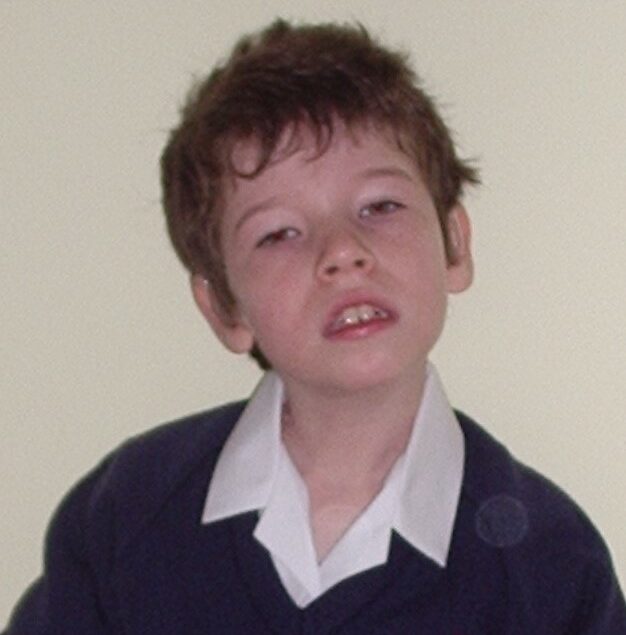 When I went up to the local mainstream secondary school things changed. Initially, the LA and Health professionals visited and continued to come in for my review meetings, However, the school clearly felt they knew what to do and regular visits tailed off. I was their only power chair user and the only communication aid (AAC) user. In addition, I was one of only 2 pupils, in a school of over 1000, with hearing aids.
When I went up to the local mainstream secondary school things changed. Initially, the LA and Health professionals visited and continued to come in for my review meetings, However, the school clearly felt they knew what to do and regular visits tailed off. I was their only power chair user and the only communication aid (AAC) user. In addition, I was one of only 2 pupils, in a school of over 1000, with hearing aids.
Lack of consistent support
The biggest change came when moving from one teacher in one classroom in primary school for nearly 100% of the time. Instead, there was a different teacher for every subject. In addition, every class was in a different location. This meant the consistency of approach to my support was variable. I had 3 part-time teaching assistants who rotated. The result was I had different assistants on different days and no consistency of support in any subject. And, to be honest I was exhausted all the time. This was not just with the busyness of school but the constant unrelenting homework. My school set 5 hours of homework a week and I needed at least double-time to complete this. Often I was too tired at the end of the day so spent most of my weekends working.
Placement breakdown
By the middle of year 8 my mainstream placement had broken down, it was clear I could no longer stay at my chosen school. The crunch came when I was given an exam paper and a pen, and told to get on with it like anyone else. This is not so easy if you cannot use your hands easily, struggle to write more than one word and I read slowly in those days. In one lesson I answered one question partially. It was made clear by the school that they did not expect me to achieve academically. Sadly I was failing to even show the level of learning I had demonstrated at primary school.
Age 13 to 19 Residential special school
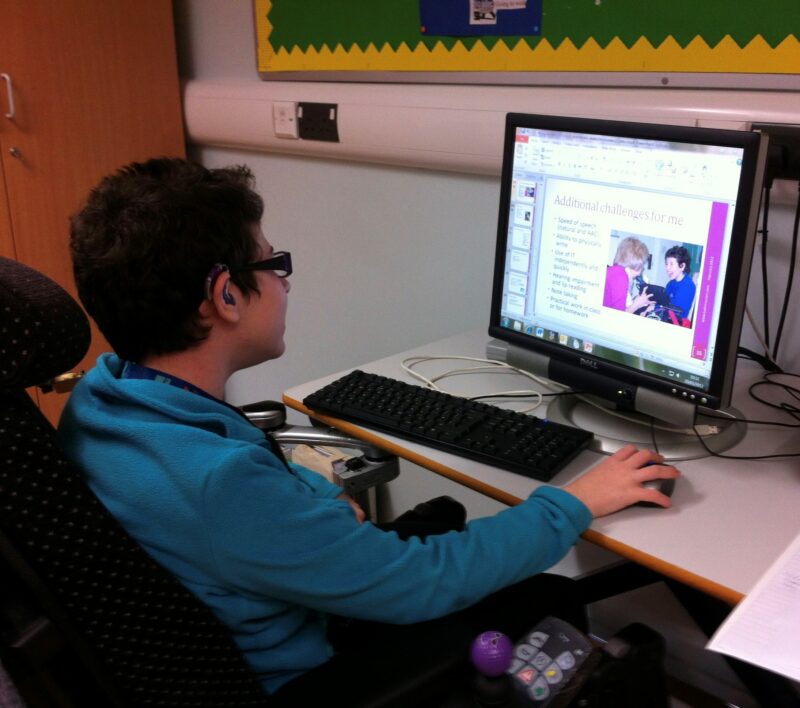 I was grateful to transfer to a special school with residential facilities. After losing 5 terms of learning I was keen to work hard. My new school had specialist staff, all of whom understood the needs of AAC users. There was also a specialist team on site who could support my physical needs. The only specialist who came in to see me from outside was the teacher for the hearing impaired.
I was grateful to transfer to a special school with residential facilities. After losing 5 terms of learning I was keen to work hard. My new school had specialist staff, all of whom understood the needs of AAC users. There was also a specialist team on site who could support my physical needs. The only specialist who came in to see me from outside was the teacher for the hearing impaired.
Discovering I had no inner voice
During my 6 years at Special School I found out a lot about the way I needed to learn. Much of this was self-discovery. For instance, at around 17 I realized I had no inner voice but was a visual and picture thinker. It was a big shock to find I was different to others. However, it also explained lots of areas I had struggled with. I also found I could learn any vocabulary if we adopted techniques used by people with a hearing impairment.
Impact of improved hearing aids
At the age of 16 I got new, much improved, digital hearing aids. This revolutionized my life. Suddenly in a space of weeks my vocabulary and reading rose to reflect my age. I still remained a slow reader as every new word had to be discussed, but suddenly I felt I was flying. The way the curriculum was delivered was on a modular basis, so this suited me well. This option was to focus on each subject area for several weeks or months and then take a modular GCSE exam. Sadly this approach is no longer available as I was the last cohort able to do this before Gove (then Department of Education) changed exams.
Age 19: Higher education
In my first year at university I was on an access course, I had not completed A levels. I initially struggled, however, after some external input for the staff things changed. After discussing at length what I could do to fully take control of my learning I was off and away.
Interventions to support lifelong learning
I was introduced to a yellow overlay for reading, the type used for dyslexia. The success of this means when I am doing work on the laptop the background of my pages are tinted yellow. I received the lecture slides before each session and spend a short while making sure I understand any new vocabulary and context. What this meant was I could concentrate in the lecture on what is being said. At university we were immersed in fewer subjects for longer periods. This was just in the way I learned at school, this method suits me to have that real focus with an assessment at the end of each module.
Synaesthesia and lifelong learning
I then discovered I had synaesthesia. This is a condition where the brain finds new pathways to achieve things following brain damage. And, this explains my reliance on visuals and colour. As a result, this led me to work in new and different ways. You can read more about the impact of this on my learning style page.
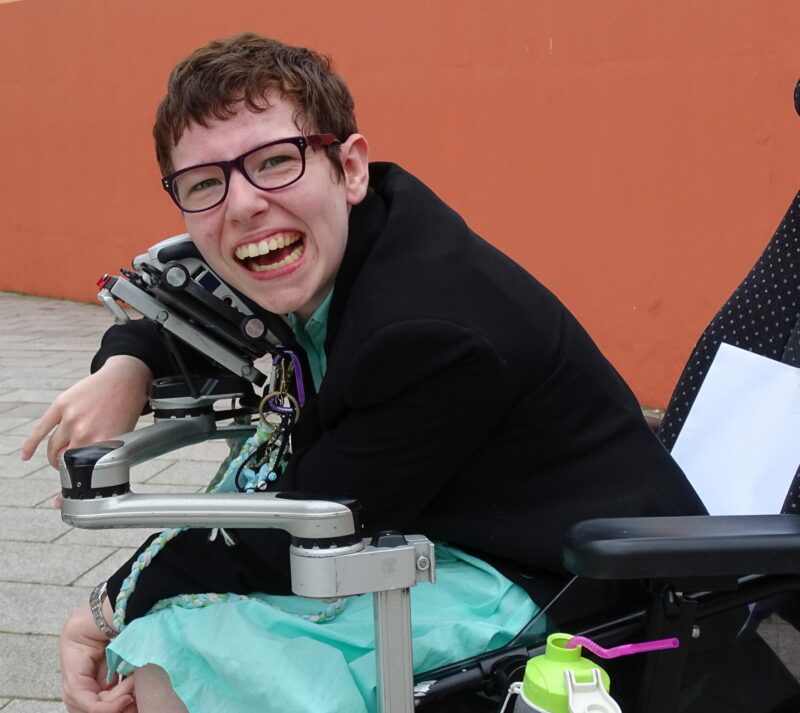
Negotiating extra time to complete work
Saying all this, work is time-consuming. When I left school I’d been assessed as needing 100% extra time for everything, I did the 4 years of the course over nearly 8 years. In term time with just lectures and planning for seminars 100% extra time worked well. However, I found when it came to preparing assessed work I needed much longer. Often you would find me at my desk working solidly for days on end, including the holidays, on each assignment.
Other academic support
I received academic support with research and scribing. This means I directed everything from moving the computer mouse to opening and closing books. This involved page-turning, reading aloud some work, printing, making my notes and filing, scribing my assignments, and more.
Lifelong learning
What university has taught me is the joy of learning and the love of the routine I can create around studying. I enjoy using my brain, being mentally stimulated and especially when I love the topic it is never a chore or a bore. Studying will, I hope, always be a part of my life.
But more than studying I’ve alluded elsewhere to lifelong learning. As I move forward with managing my own team and living independently. The life skills I’ve learned along the road of formal education are something I carry with me into the future.
You might also find the following of interest:

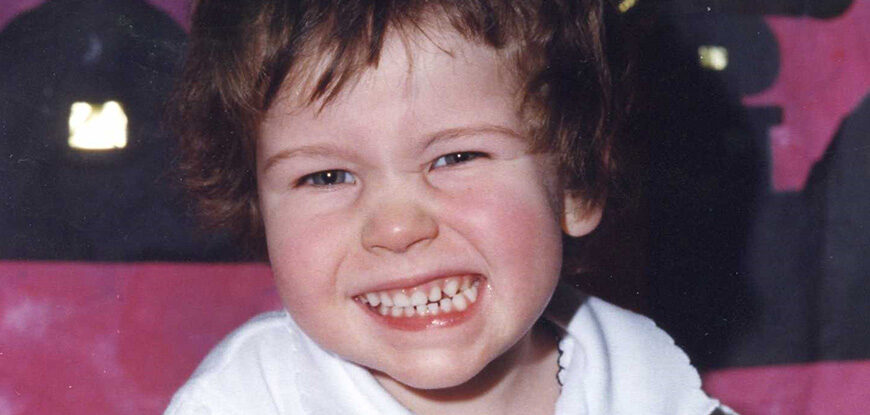
If you found this interesting or
helpful please feel free to share.